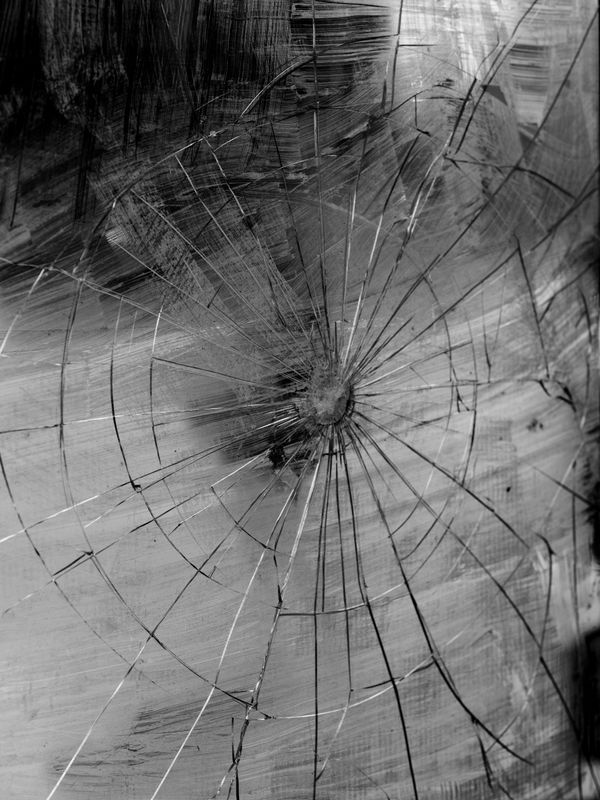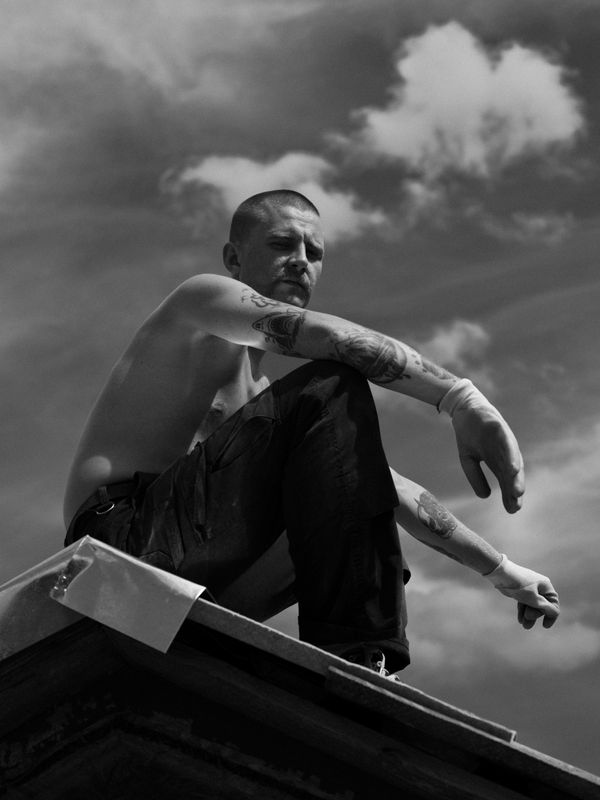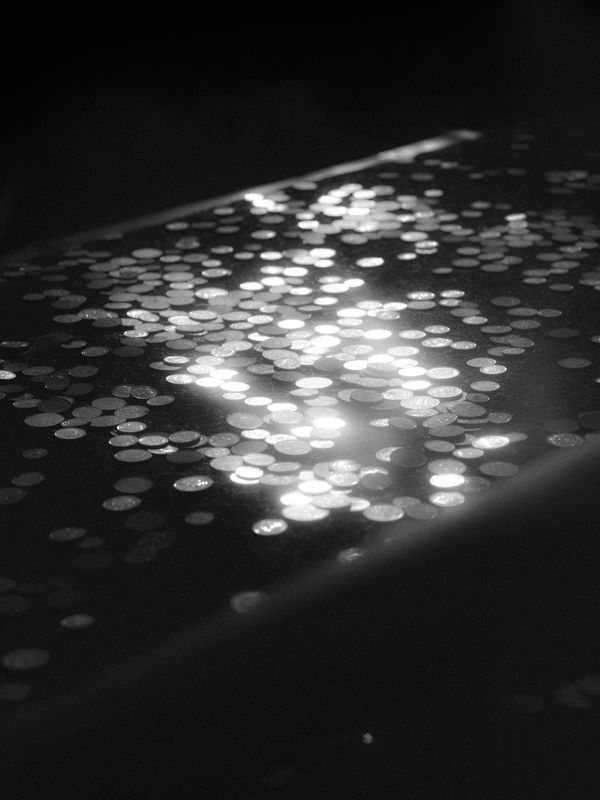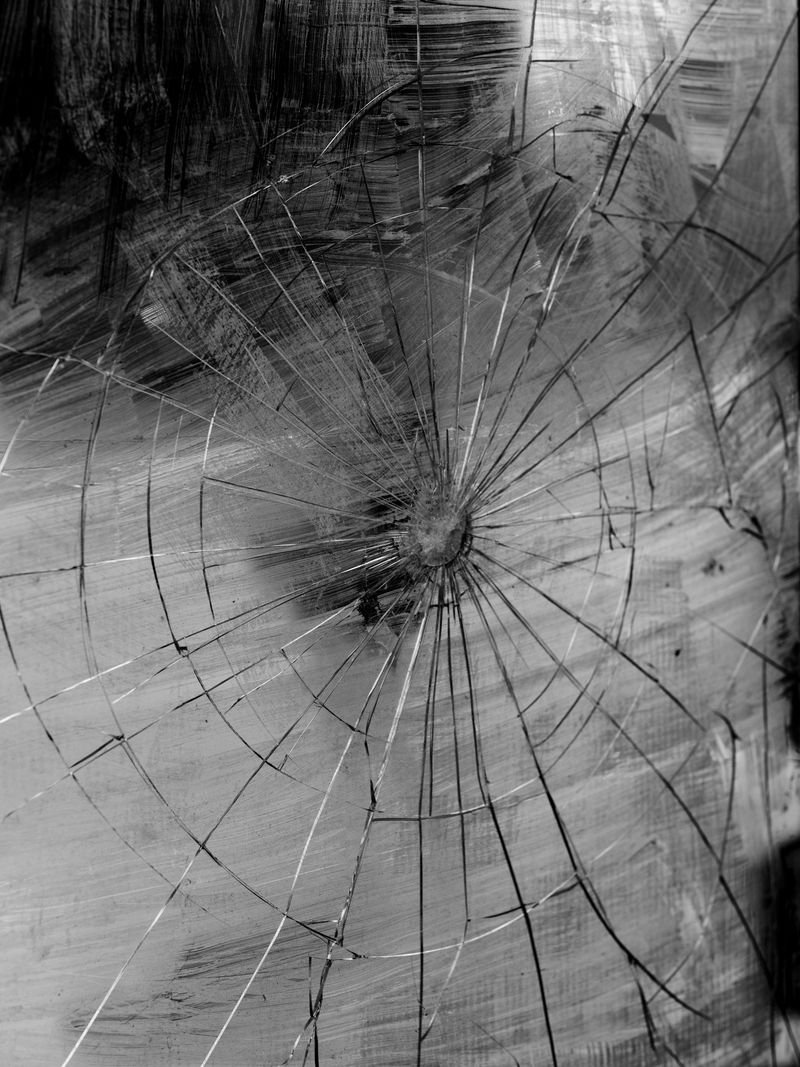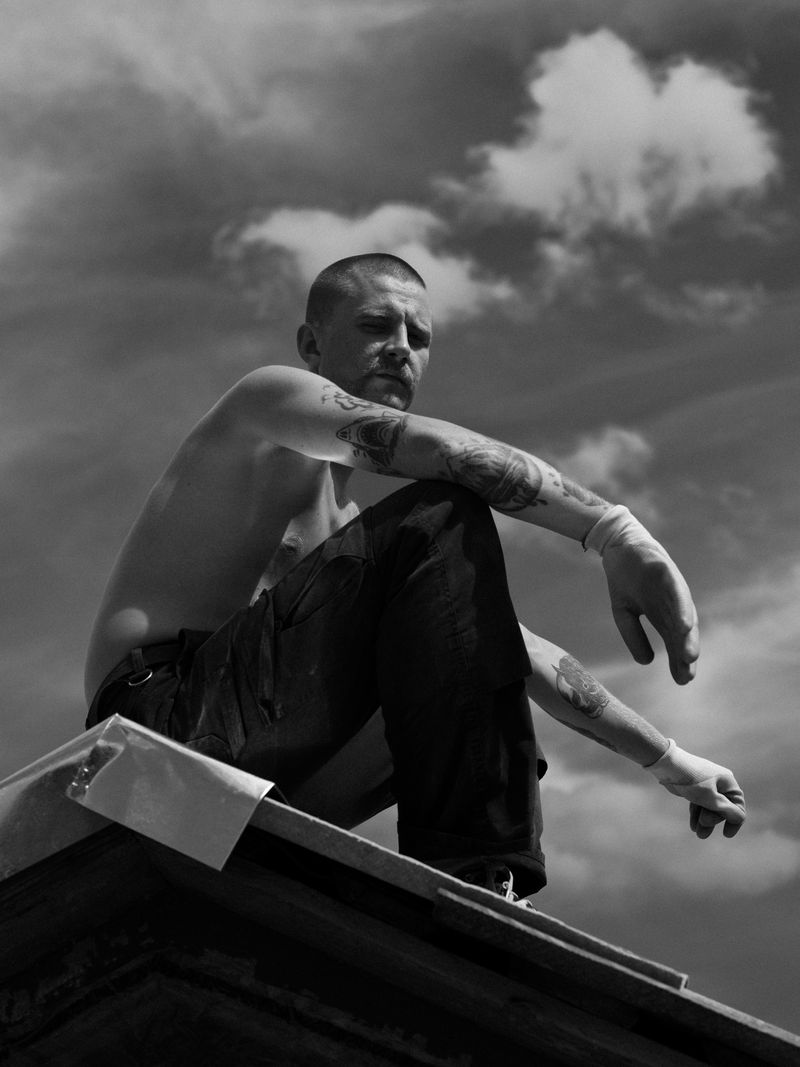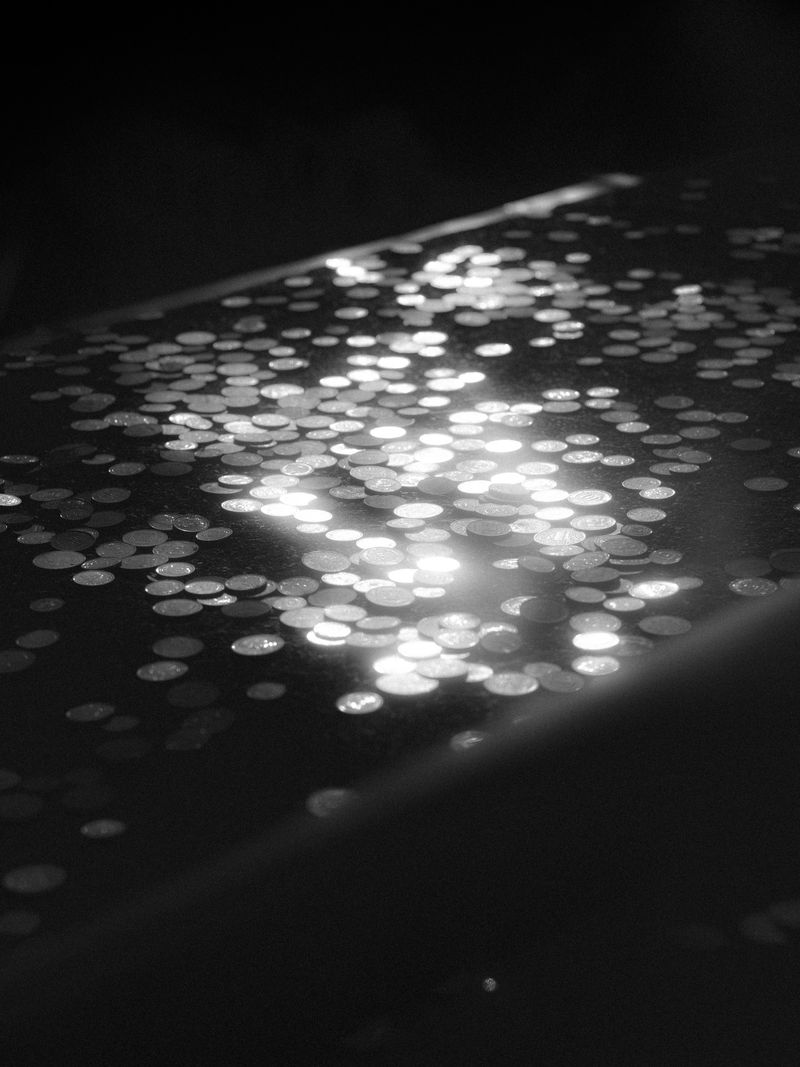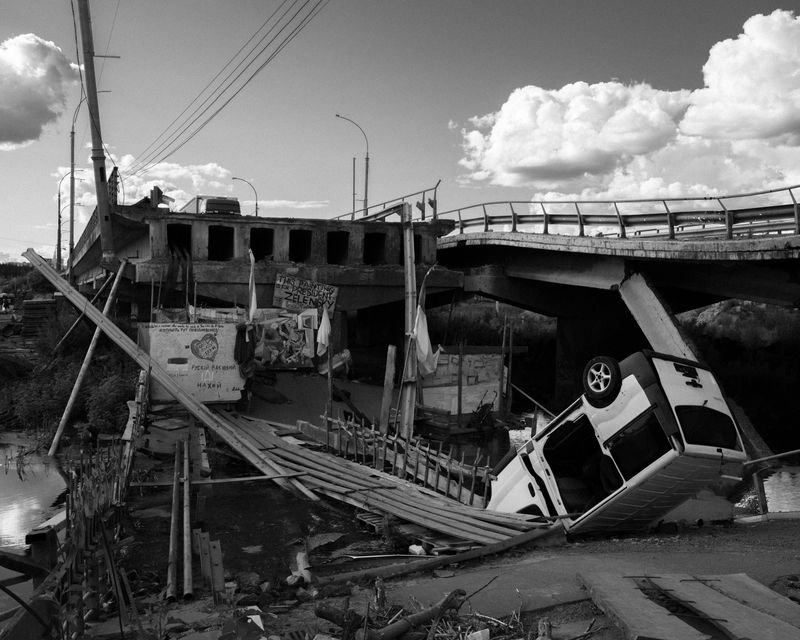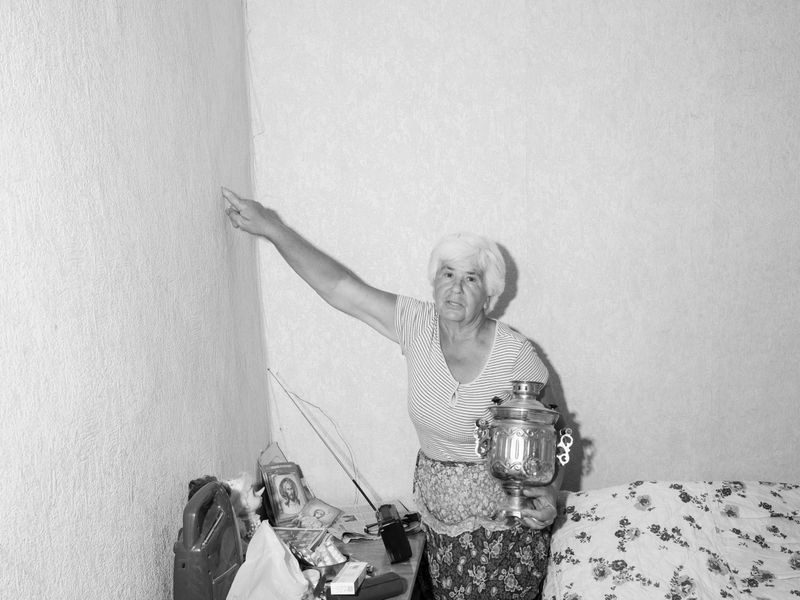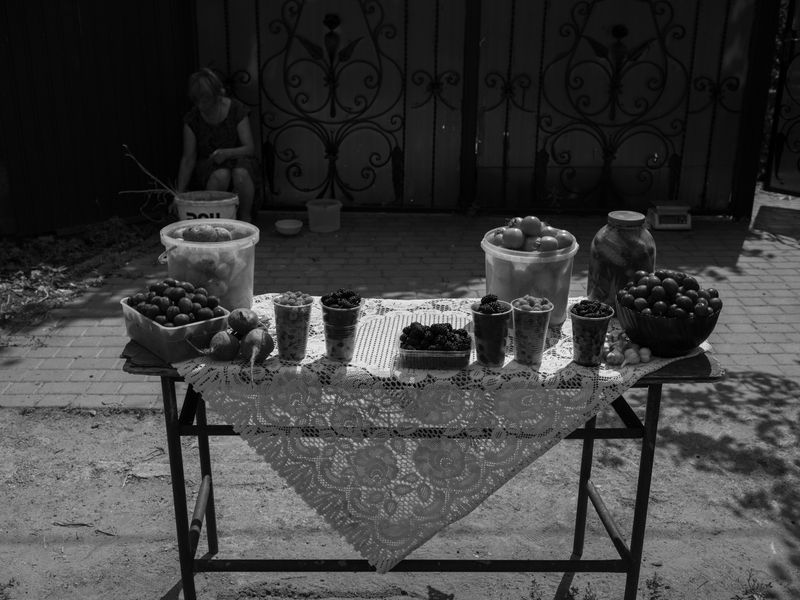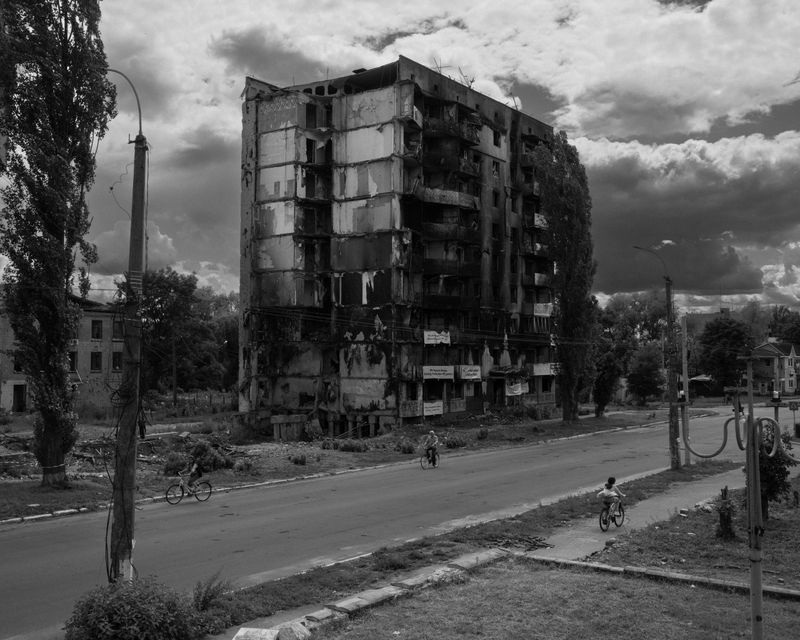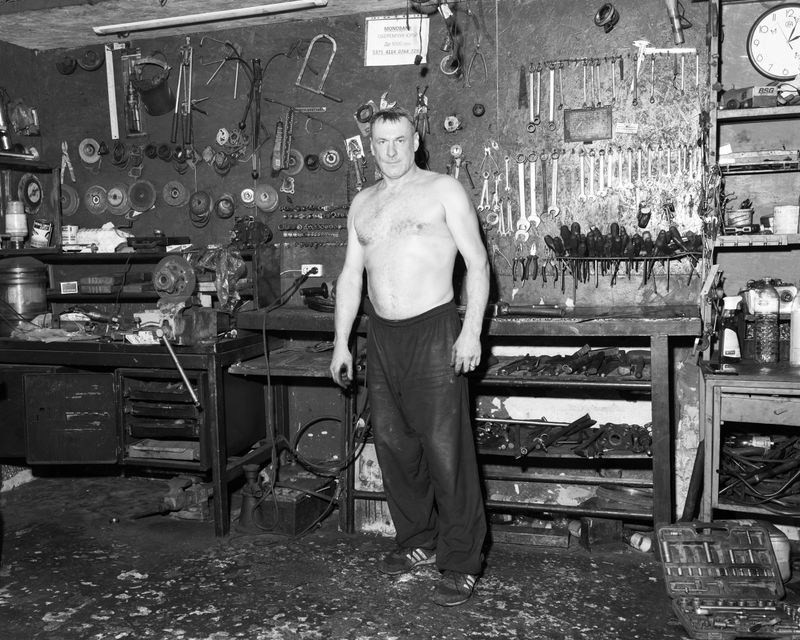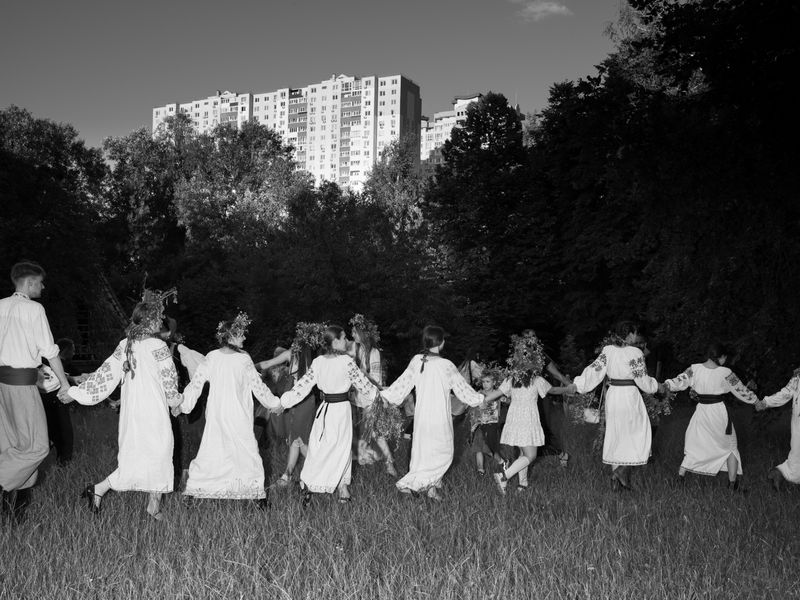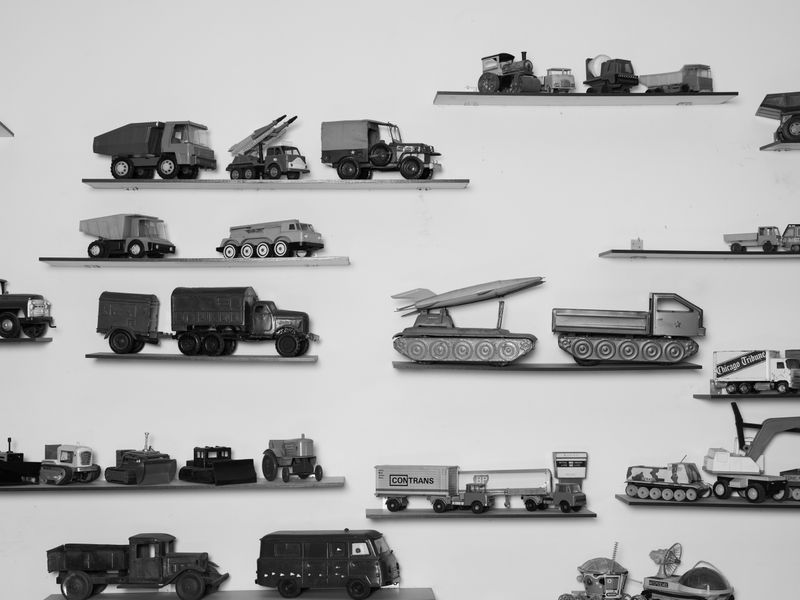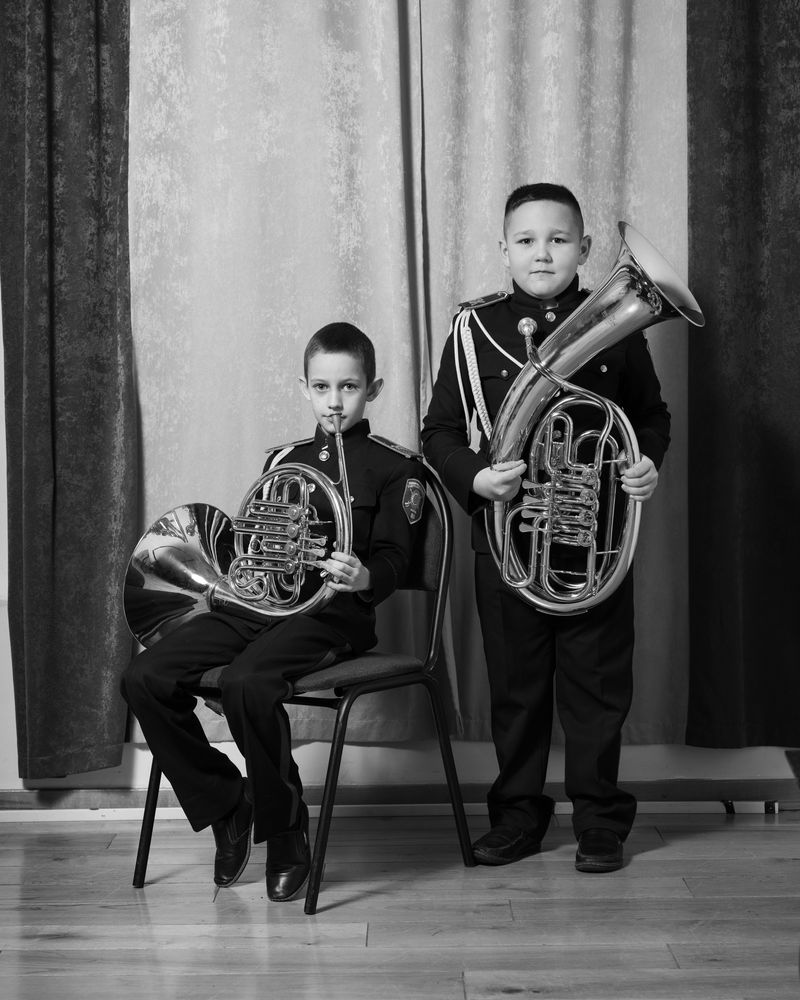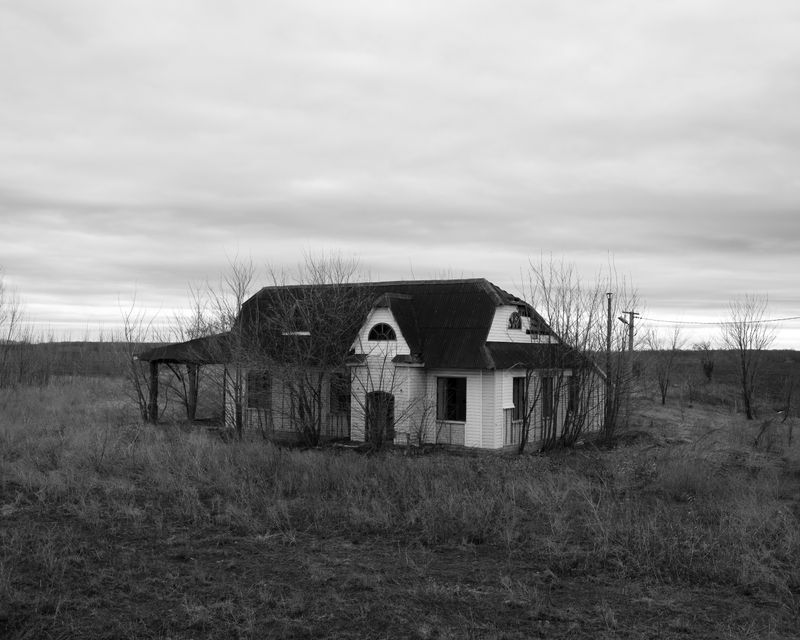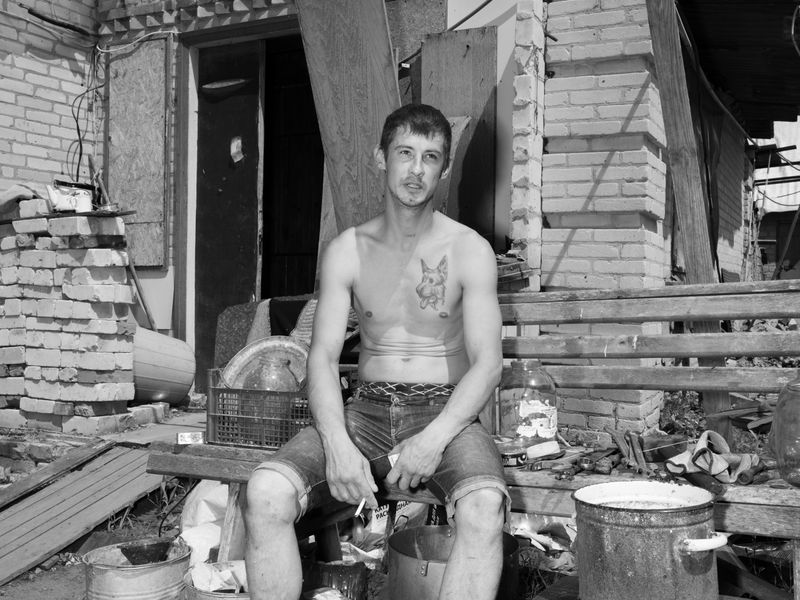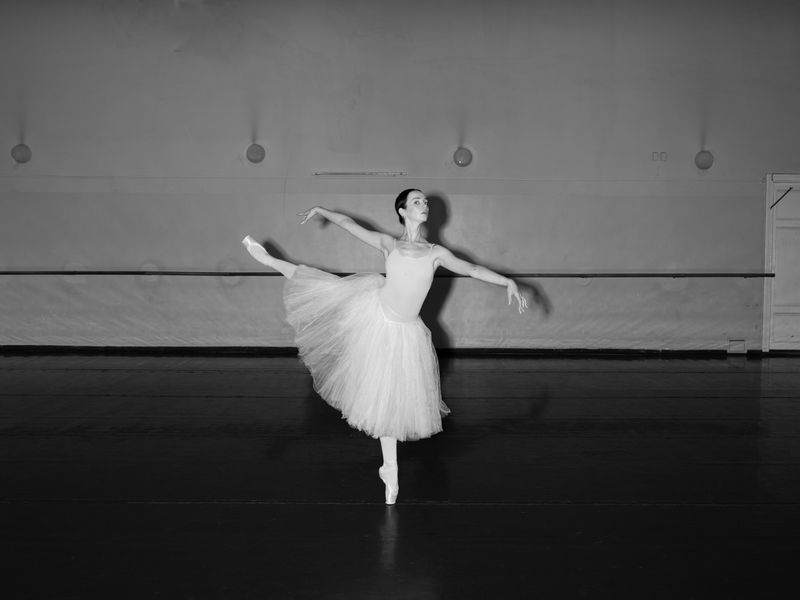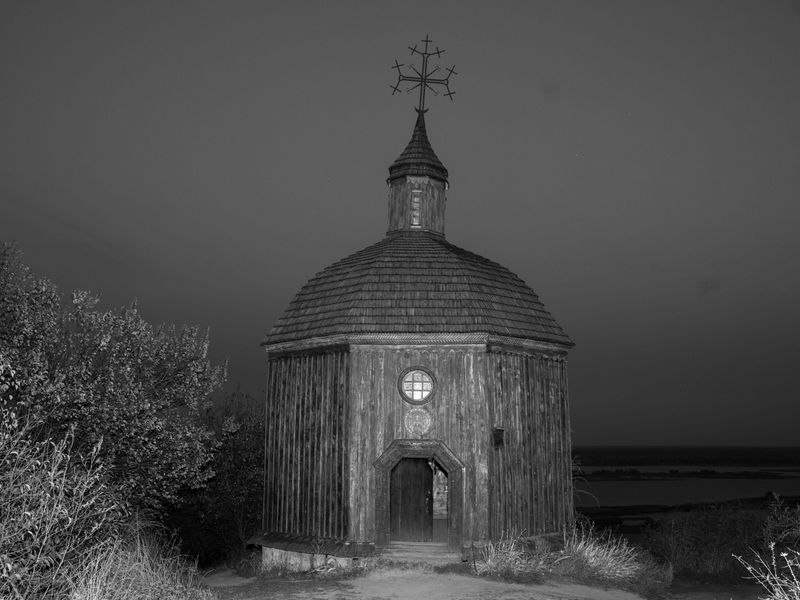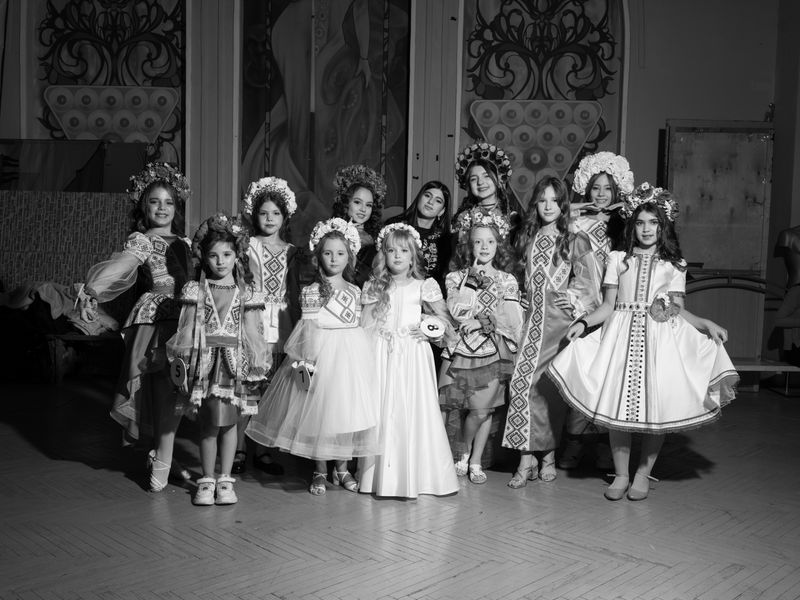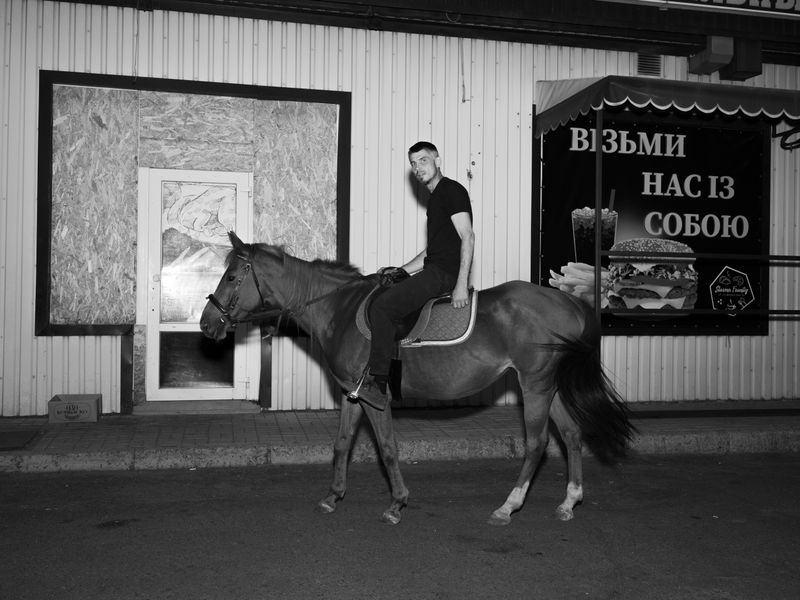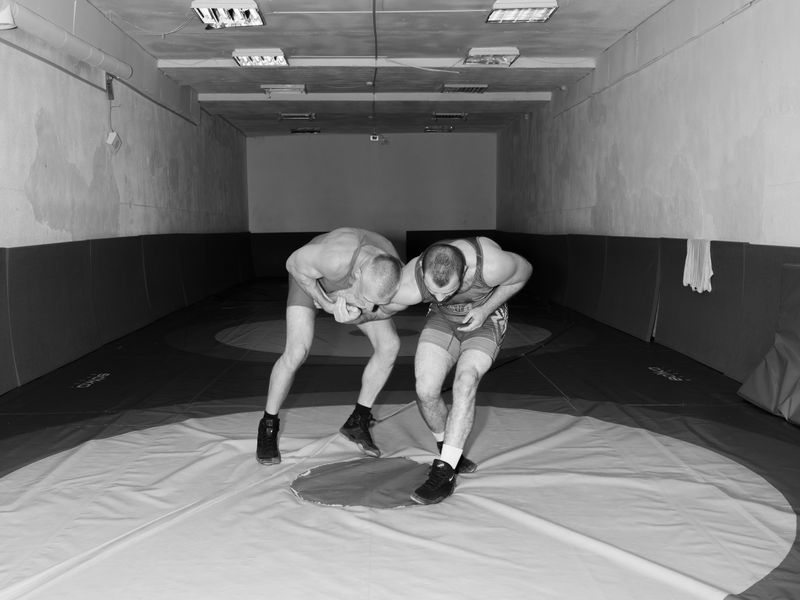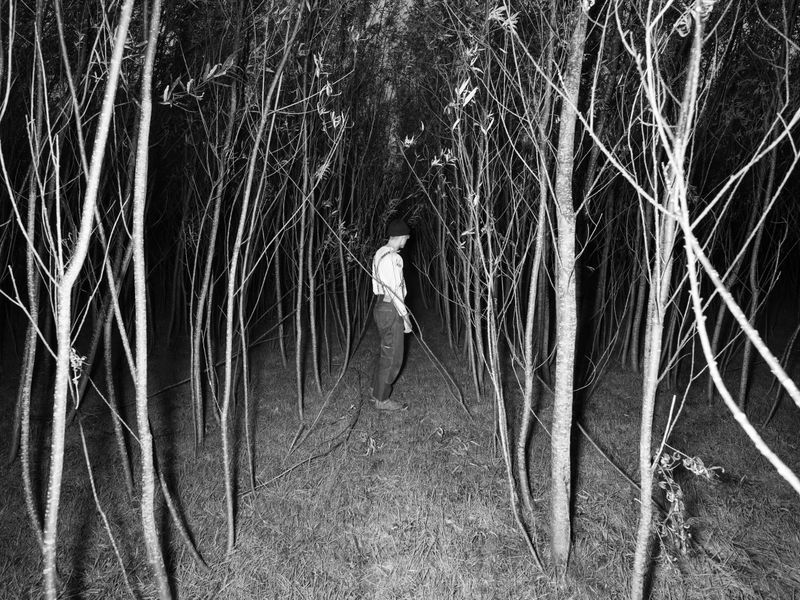Wet Ground
-
Dates2019 - Ongoing
-
Author
- Location Ukraine, Ukraine
-
Recognition
-
Recognition
Wet Ground explores Ukraine’s shifting identity amid war, capturing resilience, memory, and transformation. Focusing on the invisible tension between violence and normalcy, Wet Ground reflects on survival, community, and the rewriting of history.
Wet Ground delves into Ukraine's evolving national identity amidst the ongoing conflict, emphasising the complexity embedded within a country experiencing a war, where normalcy coexists with violence. Shot from a place of compassion and dedication to social mobility, my images seek to reveal what rises from the ashes, during one of the most traumatic events in the history of a country.
Initiated in 2019 during extended stays with friends in Ukraine, the project took a profound turn in 2022 when, as the invasion of Russia escalated, many of these friends became soldiers. In response, I joined the NGO "Base UA" as a humanitarian volunteer, engaging in civilian evacuations, rebuilding efforts, and running workshops with young people from rural communities across Ukraine. This immersive involvement provided an intimate perspective on the war's multifaceted impact, and allowed me capture the blind spots of conflict, in a manner that places the affected community at the centre of the narrative.
The project transcends conventional portrayals of conflict by unfolding across three interconnected chapters—Land, Collective Identity, and Memory; The Machinery of War; and Legacy and the Future Generation. It blends traditional documentary photography with sculptures crafted from clay sourced in affected villages, everyday objects recovered from debris, and multimedia elements that integrate modern technology and war machinery. This fusion symbolises the deep connection between the physical transformation of the land, and that of the cultural and social landscape, illustrating how communities strive to preserve their heritage while navigating the uncertainty of reimagining a future. By repurposing fragments born from destruction, 'Wet Ground’ reveals the nation’s resilience, as it obstinately rebuilds over the wreckage of its past.
The title ‘Wet Ground’ stems from a personal experience of surviving a direct strike during a medical evacuation of civilians from the frontline town of Siversk, when a rocket failed to detonate due to ground being wet. Paradoxically, wet ground is an unstable foundation for rebuilding, yet the only way to ensure a legacy survives is through reconstructing, resisting, and the defying erasure.
The work captures the delicate balance between the omnipresence of violence and the persistence of daily life, offering insights from various generations and communities across a country experiencing dramatic challenges and transformations.
This long-term documentation aims to contribute to a broader understanding not only of Ukraine's historical transformations, but of the impact of conflict, serving as an exhibition, a monograph, and an archival resource for future generations.
Visual Approach:
The visual narrative of Wet Ground is documentary at its core, but it incorporates multi-media pieces and evocative sculptural representations. The photographs capture moments of daily life juxtaposed against the backdrop of conflict, highlighting the coexistence of normalcy and turmoil. The sculptures, moulded from local clay and integrated with found objects, serve as tangible embodiments of memory and loss, adding a tactile dimension to the visual storytelling.
Chapters of the Narrative:
Land, Collective Identity, and Memory : An exploration of the profound transformation of Ukraine’s landscape—both its physical terrain and its national identity. War does not merely reshape cities and villages; it alters the very fabric of a country’s collective consciousness. Through images of scarred landscapes, resilient communities, and individuals working to preserve their heritage, this section examines how memory is safeguarded even as destruction unfolds, capturing both destruction and resilience.
The Machinery of War: This chapter examines how modern warfare has evolved, making conflict deadlier and more impersonal. It highlights the technological shifts—drones, precision weaponry, and digital warfare—that have transformed the battlefield, while also confronting the human cost: civilians forced to become soldiers, reshaping the fabric of society.
The act of reappropriating tools designed to destroy and dehumanise, turns them into something new. A live minefield map is combined with a MIDI sampler, transforming it into a music box, and remnants of war are repurposed into art, challenging their intended purpose. This chapter not only documents how war is fought today but questions its impact—on individuals, on nations, and on the very nature of conflict itself.
Legacy and the Future Generation: Amidst war, Ukraine’s youth continue to dream, create, and shape their future—just like any other young generation would. This chapter explores how culture persists, how love and joy endure, and how life’s milestones are still reached despite the uncertainty of tomorrow.
It also reflects on the weight of inheritance, as elders and communities pass down memories of what life was before, young people absorb this legacy while grappling with the reality of what lies ahead.
Objective:
Wet Ground seeks to challenge and expand the traditional portrayal of conflict by focusing on the nuanced and often overlooked aspects of war. It aims to foster a deeper understanding of how violence reshapes not just landscapes and infrastructures, but also the cultural and social fabrics of a nation. Through this work, I aspire to highlight the enduring strength of community and the continuous process of identity reconstruction in the face of adversity.
By presenting this project to the PhMuseum 2025 Photography Grant, I hope to share these narratives with a wider audience, contributing to the global discourse on war, memory, and resilience.
